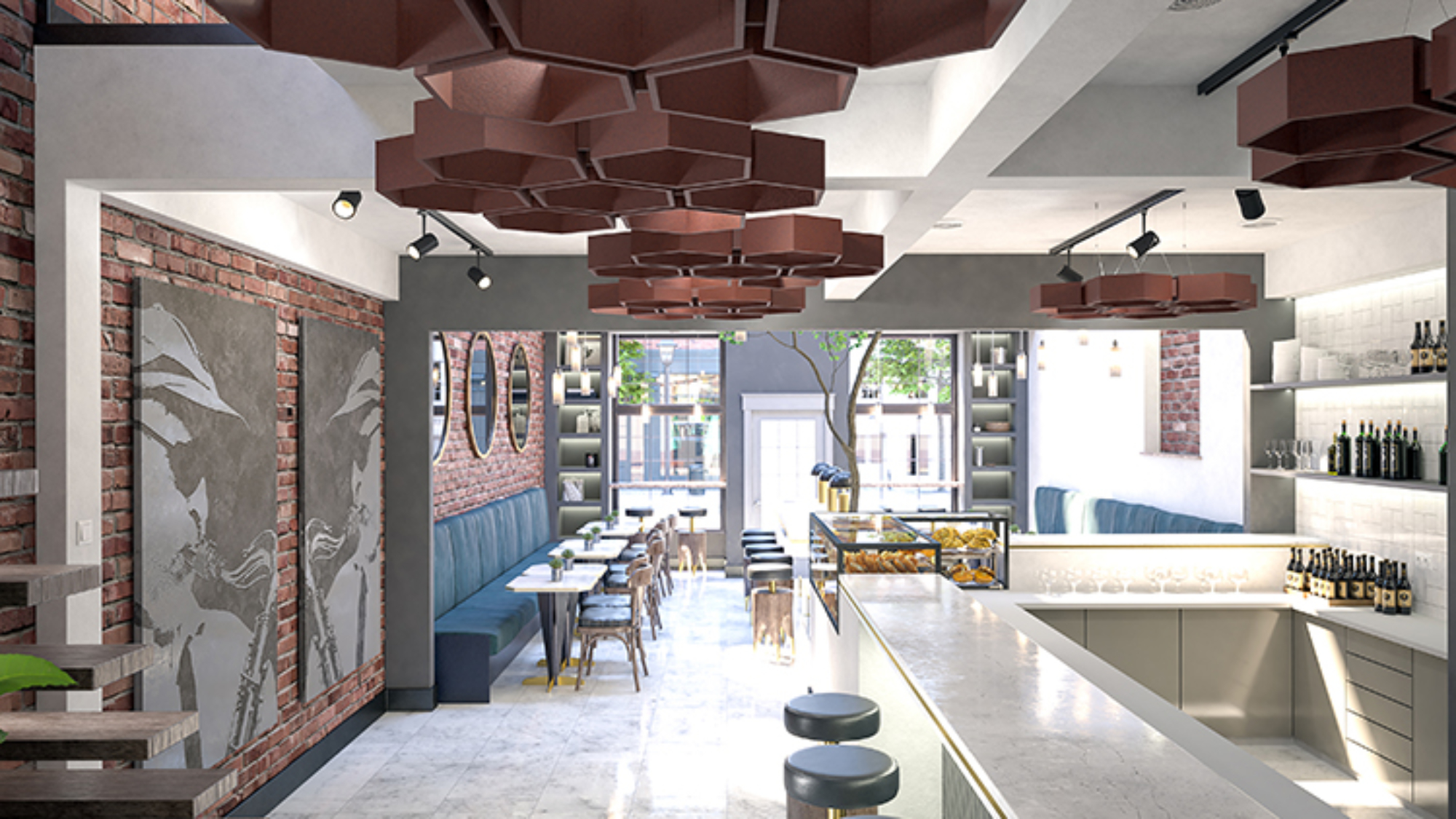When adding audio-visual technology into your space, it is essential to get it right the first time. OEC’s Vice President of Technology, Josh Messner, and Senior Designer, Adam Young, join us to share some common AV mistakes and how to avoid them.
1. Doing It Yourself
OEC: Josh and Adam, as experts in audio-visual technology integration, what are some of the most common mistakes businesses make?
Josh: The first problem that comes to mind is when a business tries to go it alone. I’ve had companies go straight to Amazon and order a plug-and-play device they think will have the functionality they want. For example, they might bring in a product, and once they use it, it isn’t what they thought it would be. It looks terrible, sounds terrible, and doesn’t work. Many plug-and-play devices will give a different experience than a professional organization wants their clients to have. It doesn’t matter what size company you have; you are constantly marketing yourself. If you have a piece of equipment that makes you look bad, that is bad for business.
Adam: In the end, the amount you pay to work with an integrator is not much different because your IT department has to support and manage all of that technology. You may pay a little more for an integrator to come in and set up a few rooms, but if something happens, they can fix it, and the product is under warranty. The IT staff also doesn’t have to manage the AV anymore. By working with an integrator, you get vetted products, clean installations, and a partner should problems arise.
2. Waiting Too Long On AV
OEC: What is another mistake you have seen lately?
Josh: Another mistake is waiting until late in the construction phase to engage with an integrator. Usually, AV ends up being one of the last things companies consider integrating. Companies should consider AV with furniture since the two need to work together. By forgetting AV, you miss out on building the technology into the scope of the space. So you get a scenario where you have this cool room and furniture plans, and everything looks great. Then you bring in the furniture and wonder, how do we fit AV into it? Did the AV specify a touch panel? If the table has a glass top, how does that work?
That becomes an RFI, which delays the project. So, now we’re requesting information from the general contractor saying, “Hey, we didn’t think about this early enough. What are we going to do?” And that could be a two-week delay to get a wire through the table. Then the furniture company might come back and say, “We need a change order to swap the table or to drill a hole through the table,” which could void the warranty. If the AV integrator is at the table sooner, they can discuss wire access, pathways, and furniture. By waiting, things get more expensive and time-consuming.
3. Room Acoustics
OEC: Josh, can you give us one more mistake to wrap things up?
Josh: Absolutely. The last mistake I’d highlight is around room acoustics. We currently have a client with many great conference rooms but terrible acoustics. The meetings sound terrible because there is a lot of reverberation in the room. That means we have to come in and take the room offline to design a solution, wait for the product, and then take the room offline again to install it. In this scenario, the employees may have had so many bad experiences that they have lost faith in the technology and don’t want to use the room. Organizationally, you have to build trust in the systems that people are already afraid of. If it doesn’t work, that trust falls away even more.
Adam: If we can get into the conversation early, we ask questions upfront. Is the room going to be three-quarters glass? Is there going to be a hard, reflective floor? Diving into those questions helps us decide on different solutions like sound masking, speakers, and wall treatments. Doing our due diligence up front can really help the client later.
Watch our Creating High Performing Hybrid Collaboration Spaces webinar recording for more tips.
Receive our Newsletter
To receive our newsletter, including new editions of spaces and other digital content, fill out the form below:



